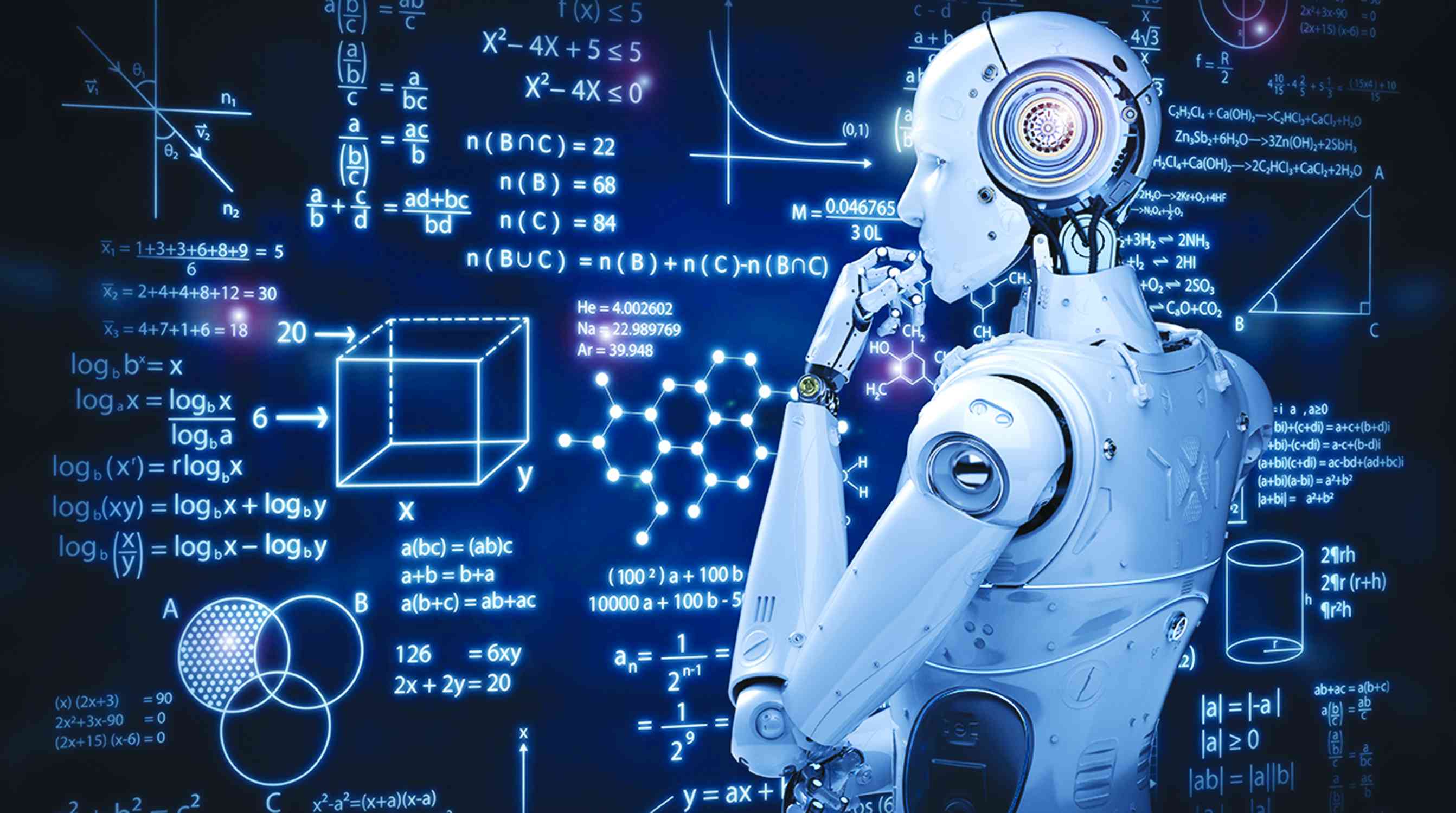
AS the world grapples with the rise of artificial intelligence (AI), many professionals are worried that machines will replace them. However, in the midst of this anxiety, we risk overlooking a far more profound intelligence — real intelligence (RI), the innate cognitive ability that every human being possesses.
It is this same RI that has given birth to AI. Understanding the symbiotic relationship between RI and AI is crucial in uncovering the truth that fear has obscured: AI is not here to supplant human workers, but to augment our capabilities. As the architects of AI, we are its custodians, and our RI remains the driving force behind its development.
In every industry, AI powered by the creativity of RI has been touted as a game-changer. From recruitment to healthcare, manufacturing to agriculture, writing to transport, communication etc. AI has proved it has the potential to streamline processes, reduce costs, and improve outcomes. But what does this mean for human workers?
The answer is simple: AI will augment our abilities, not replace them.
Consider a pilot, who can utilise AI tools to navigate long distances, striking a balance between human effort and autopilot.
Similarly, as a recruiter, I can leverage AI to sift through resumes and identify top candidates. However, it is the human touch that fosters meaningful relationships with clients and candidates, ultimately leading to successful placements.
In the same vein, we have been using ATMs for decades, but the knowledge that we can walk into a bank and have our queries addressed by a human representative provides reassurance to depositors.
This synergy between human intelligence and AI is essential, as it allows us to work in tandem with technology, amplifying our capabilities without sacrificing the unique value of human interaction.
- Harvest hay to prevent veldfires: Ema
- Public relations: How artificial intelligence is changing the face of PR
- Queen Lozikeyi singer preaches peace
- Public relations: How artificial intelligence is changing the face of PR
Keep Reading
Similarly, a doctor can use AI to analyse medical images and identify potential health issues. But it is the human doctor who makes the diagnosis, develops the treatment plan, and provides emotional support to patients.
The key to understanding AI's role is recognising it as a tool, not a replacement for human intelligence, which we can aptly term Real Intelligence (RI). By collaborating with AI, we exercise our RI, liberating ourselves from mundane tasks to focus on high-value work that demands creativity, empathy, and problem-solving skills. This synergy enables us to make swift, informed decisions and execute them effectively.
While some predict that professions like for example driving will become obsolete due to automation, a closer examination of the economic and infrastructural requirements reveals that this is a far-fetched notion.
The stark contrast between developed and developing nations, where some still rely on diesel locomotives while others harness renewable energy, underscores the impracticality of widespread AI adoption. In reality, AI's primary intention is to augment human capabilities, not replace them.
While automation is certainly possible for companies that choose to pursue it, history has shown that even the most automated industries still rely heavily on human presence. For instance, automotive manufacturing companies, despite their high levels of automation, still employ thousands of humans on their shop floors.
Similarly, the military's use of drones, while enabling unmanned travel over long distances, still requires human intelligence to maneuver the equipment.
As AI becomes increasingly entrenched in our work, there is a risk of over-reliance on machines. If we become too complacent and rely solely on AI to do our work, we risk losing our skills and value as professionals. It is essential, therefore, for professionals to strike a balance between leveraging AI and utilising their unique human skills.
For example, a sales consultant may use online platforms to facilitate purchases, but establishing personal communication with customers is still crucial. Similarly, giant telecommunication companies invest in human customer service centres, despite operating sophisticated communication systems.
This blend of human intelligence and AI is a perfect example of how companies can harness the benefits of both.
However, it is also important to note that professionals, who refuse to adapt to new tools and technologies risk being left behind.
As AI continues to evolve and improve, it is essential for professionals to be open to learning and embracing new technologies to remain relevant and valuable in their industries.
With the right mindset and training, we can harness the power of AI to enhance our work and our lives. I am reminded of Wakamiya, a Japanese lady in her 80s, who learnt to code and became a smartphone app developer, proving, it is never too late to acquire new skills and adapt to new technologies.
AI's potential to create new job opportunities is vast and unprecedented. Just as the internets emergence spawned new industries and job roles, AI will give rise to novel opportunities for entrepreneurs, innovators, and workers.
A prime example of this phenomenon is the recruitment industry. Gone are the days of cumbersome paper CVs and overflowing storage facilities. With the advent of digital solutions, recruitment companies have been able to dispense with internal databases and instead leverage tools offered by innovative entrepreneurs.
These entrepreneurs recognised the shift towards paperless offices and created CV data banks, providing companies with access to a vast pool of candidates for a fee. This win-win scenario has not only streamlined recruitment processes but also created new opportunities in the digital space.
The decline of traditional roles such as filing clerks, stock traders, and telephone operators, as well as the shift from print journalists to online news sources, has paved the way for the emergence of exciting new professions.
These include AI engineers, data analysts, digital content creators, programmers, app developers, and many more. As data continues to migrate to the cloud, the potential for innovation and job creation will continue to expand exponentially.
While some jobs may have been replaced, the benefits of these changes far outweigh the losses, with many new opportunities created and existing roles transformed to require fresh skills and expertise.
The examples of AI working in tandem with humans are numerous and varied. Take, for instance, the field of climatology, where AI has been instrumental in helping researchers analyse vast amounts of data and identify patterns that inform our understanding of climate change.
By analysing large datasets and identifying trends, AI has helped us develop more effective solutions to these complex issues. For example, AI can help us create more accurate climate models, which can inform policy decisions and help us mitigate the effects of climate change.
Governments are able to be informed of possible famine or drought.
Thus are able to identify areas of poverty and inequality, and develop targeted interventions to address these issues.
While AI can provide valuable insights and support, it is essential to remember that putting plans into action requires human involvement.
Boots on the ground are necessary to physically coordinate logistics and execute plans. This collaboration between humans and AI is crucial in driving meaningful change and solving some of the world's most pressing problems.
In conclusion, AI is not a threat to human workers, but an opportunity to augment our abilities and enhance our work. By embracing AI and working with it, we can unlock new possibilities and create a brighter future for ourselves and our profession.
- Kahari is a seasoned recruitment advisor with over two decades of experience in the industry. — [email protected].











